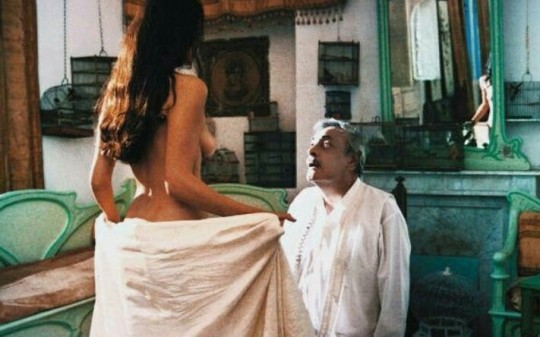#a summer in la goulette
Explore tagged Tumblr posts
Text










A Summer in La Goulette (1996) | dir. Férid Boughedir
#a summer in la goulette#un été à la goulette#férid boughedir#sonia mankaï#sarah pariente#ava cohen-jonathan#films#movies#cinematography#scenery#screencaps
64 notes
·
View notes
Text
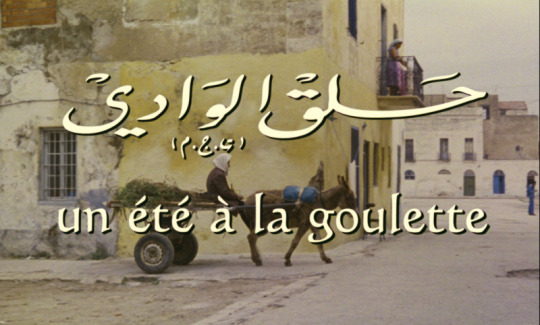

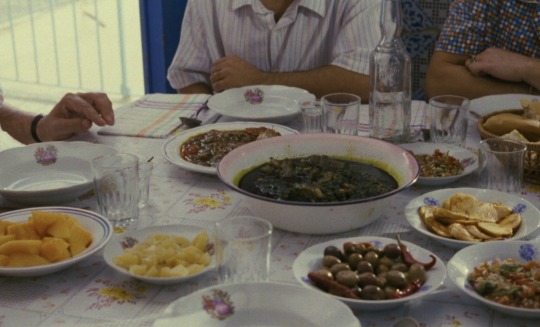

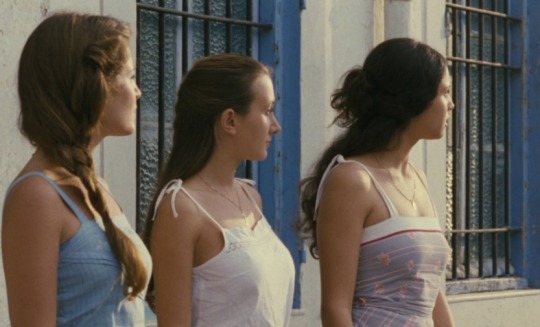

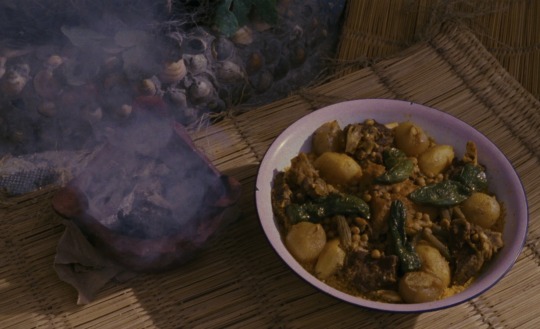
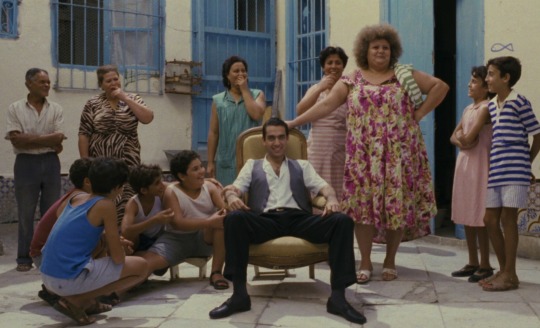
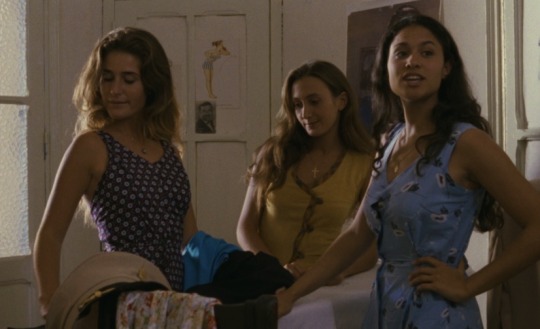

Un été à la Goulette (1996) dir. Férid Boughedir
#un ete a la goulette#a summer in la goulette#ferid boughedir#1996#90s films#screencaps#stills#film stills#tunisian cinema#sonia mankaï
14 notes
·
View notes
Text

16 notes
·
View notes
Photo
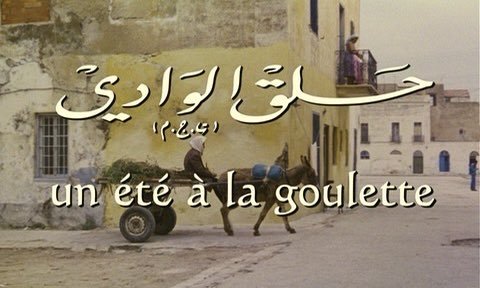
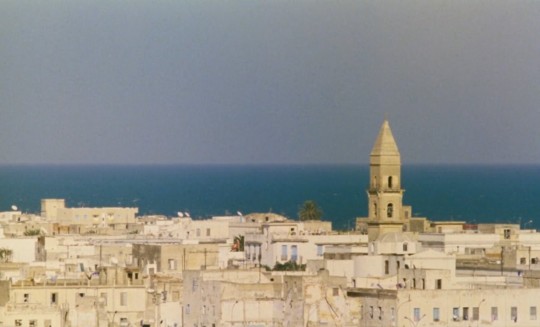
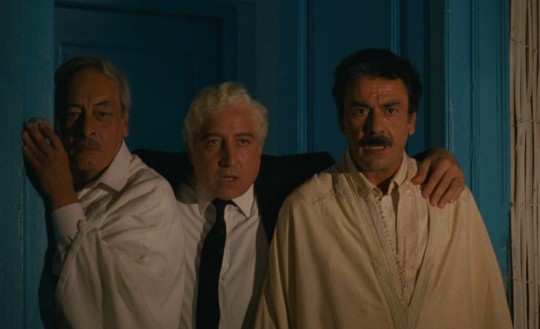
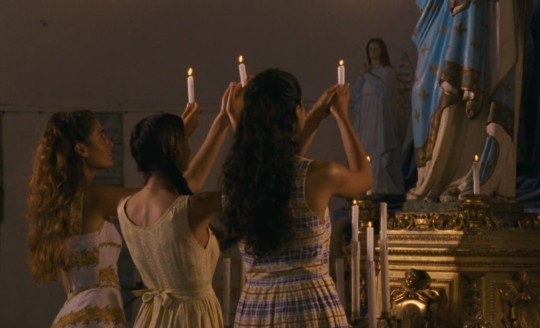


Un été à la goulette (1996) Férid Boughedir
#mediterranean#mediterrani#mediterranean summer#mediterranean aesthetic#mg#tunisia#tunisian movie#north africa#africa#mediterranean movie#aesthetics#golden#golden aesthetics#blue aesthetics#golden hour#beach#mediterranean sea#Un été a la goulette#summer in la goulette#1996#1990s#1990s cinema#90s movie#90s cinema#90s films#cult films#la goulette
27 notes
·
View notes
Text
A Summer in La Goulette (1996), dir. Férid Boughedir
27 notes
·
View notes
Text
March new-to-me movies:
Mother of George
Wolfwalkers
A Real Pain
Scrapper
Inside Out 2
The Hole (1998)
My Big Fat Greek Wedding
Cadaver (2020)
Y Tu Mama Tambien
Killers of the Flower Moon
A Summer in La Goulette
Your Monster
A House on the Bayou
Queer
-
Loved Wolfwalkers. I had watched Song of the Sea a few years ago and adored it. Still need to watch The Secret of Kells. Ended up getting the Irish Folklore trilogy on DVD so I'll have all three of them. Scrapper was good. Love a good “kid on their own” movie. Inside Out 2 was definitely not as good as the first one, but still cute. I know it’s probably just showing that kids that age are like always going to have insecurities and confidence issues and be embarrassed about things and whatnot, but c’mon, I just know nice friendly little Riley was not a loser. Girl is valedictorian and a star athlete. Like braces and a pimple aside, I KNOW this is a popular kid. The Hole (1998)… such a WET movie. Also MUSICAL NUMBERS??? The garbage periodically falling from the upper floors was a nice touch. My Big Fat Greek Wedding was delightful. How had it taken me 23 years to watch this? I had been meaning to watch Y Tu Mama Tambien for like 10 years. Loved it. Your Monster was so funny because the only thing I knew about it was Melissa Barrera had a monster boyfriend, and I thought it was going to be like, Lisa Frankenstein-esque, and then the monster showed up and was like, “Get out of my house.” And they were roommates…I can’t believe he ate a glass bottle like the Grinch. A House on the Bayou was fun! Queer was okay.
#i'm watching anora rn which is my first new movie this month and realized i never posted march movies#ramblings#movies
0 notes
Text

A summer in La Goulette / Studying the Gaze of Gamil Ratib.
Charcoal on paper.
1 note
·
View note
Text
Sidi Bou Saïd, Tunisia
36°52′0″N, 10°20′0″E
vimeo
The time had come for us to head back to the US. Our second Schengen visa was nearly up and we have a 90th birthday party and a wedding to go to. It turns out that air fare this summer is wildly expensive. A one-way flight from Rome to New York started at $2,000 each and kept increasing in price. There had to be another way! Lucky for us Google Flights lets you search from an airport and see flight costs for anywhere in the world. After a little digging we discovered a $500 flight from Tunis, Tunisia to New York City with a layover in Casablanca. Rock on!
Getting from Palermo to Tunis can be accomplished in two ways: an expensive one hour flight or a cheaper ten hour ferry ride. We opted for the ferry ride because when else will we get the chance to cross the Mediterranean? We also anticipated that the border control at the port would be less picky than at the airport and we were dancing really, really close to a creative interpretation of Schengen visa laws. In retrospect we encourage anyone considering this journey to take the plane.
We had to check in for the ferry at 6:30am and there was no ferry at the port. Interesting. We picked a spot under a tree and posted up for the next four hours. We packed a lot of snacks because everyone said the ferry was a nightmare. We watched as cars piled with suitcases filed into lines to board the ship once it actually arrived. At the border control station I handed over my passport not thinking anything of it and nearly had a heart attack when the agent started flipping through our entry and exit stamps and then counting on his fingers! Thankfully we had nine days left from our last entry stamp and proof of an onward journey. Never underestimate the port.
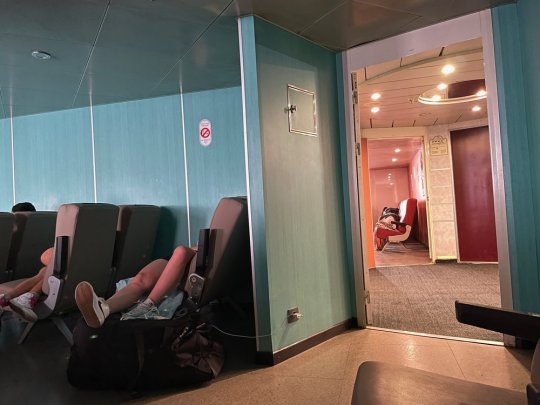
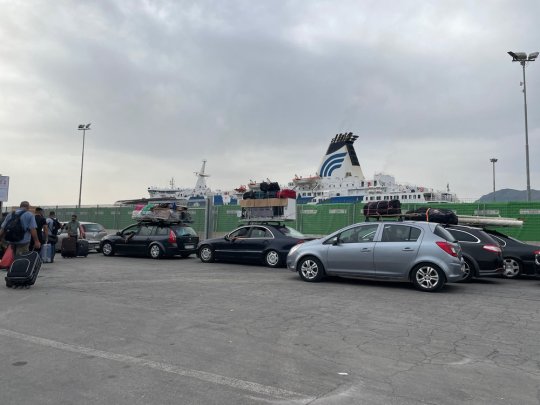

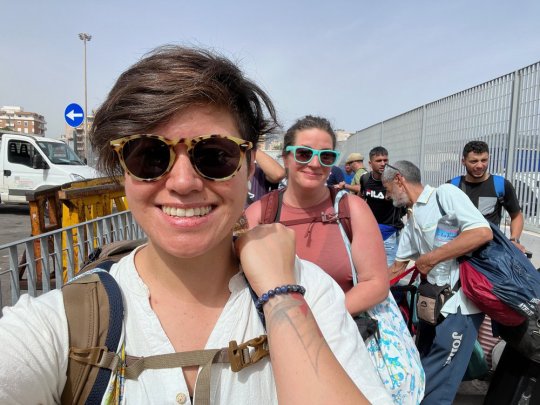
The ferry ride was wild and truly a beautiful cultural experience. We were corralled and pushed on board and then took our pullman seats that we paid to reserve only to observe that general deck passage gets you on board and then you just go look around for an empty seat. Brilliant. We left port at 2:30pm (our original departure time was supposed to be 10:30am). It was sort of like a dirty mall with lots of kids throwing shoes at the wall and running up and down the stairs. Not completely horrible, but also not a sought after experience. We arrived at the Port of La Goulette at 12:30am and witnessed an almost stampede to get off the boat.
We read that the border control in Tunis can be formidable and we were prepared for bribes. We printed every single document for where we planned to be between the port and New York City in French, Arabic, and English and arranged to have our host pick us up.
Often while traveling US passports afford a privilege that others are not privy to. Tunis was an example of this. We handed over our US passports and were shooed through every check station with very little questioning.
Our host Nabil was a saint! When we exited the border control station the sidewalks were packed with people offering rides, selling food, and looking for their loved ones. Nabil swooped us up and then gave us a driving tour of Carthage on the way to Sidi Bou Saïd. He pointed out the best grocery store (where they won’t charge the Americans 5x more) and the best bank to exchange money at. As soon as our heads hit the pillow we were out!



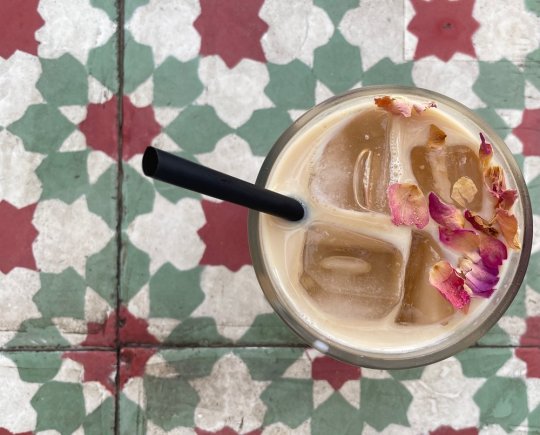
The next morning we stopped by the café Nabil suggested for a rose cardamom latte (WOW) and then adventured to the grocery store. Dates and amazing cans covered in Arabic script full of harissa met us as we collected provisions for the week.
It was also at least 110°F every day we were there. In a stroke of genius we realized we could start shifting our schedule to match New York City time and take advantage of the cooler nights, so that is exactly what we did!
Tucked on the main street in Sidi Bou is a gorgeous homage to traditional Tunisian life. Dar El Annabi feels like someone just stopped living in the house and set up a ticket booth at the front door in the 90s. Traditional and historical items surround things like a VCR. The views from the top were really special and being able to enter the prayer rooms and drink mint tea were appreciated privileges.

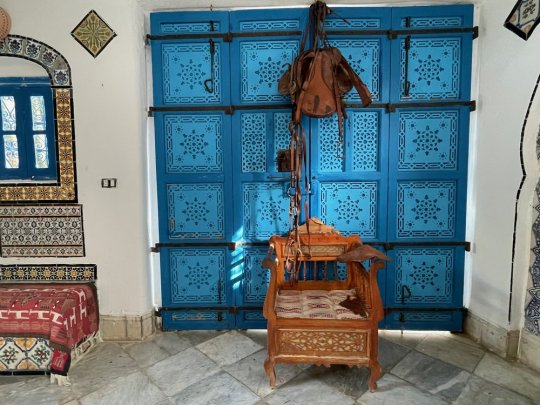


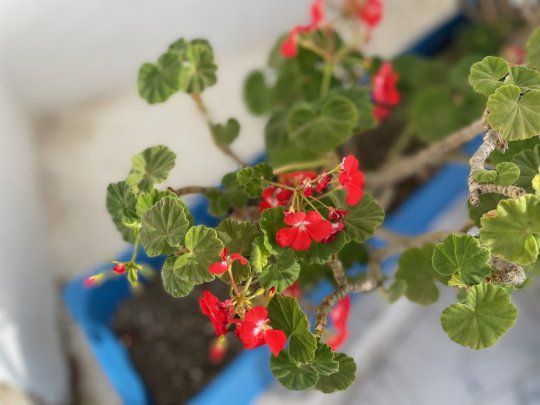
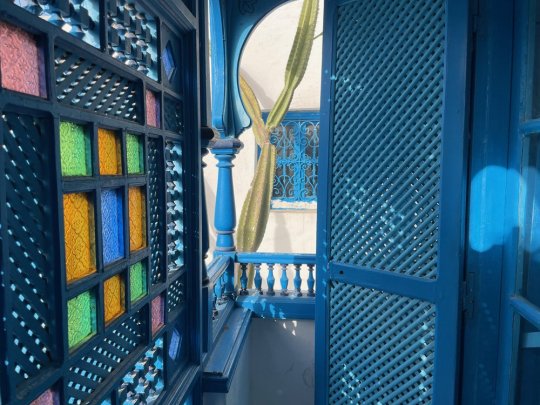
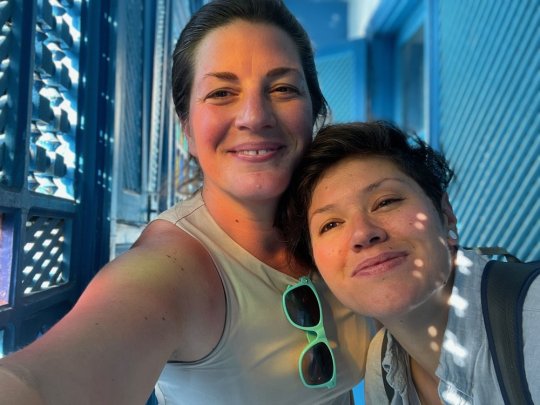

From 1909-1921 a French painter named Rodolphe d'Erlanger had the Ennejma Ezzahra Palace built (Tunisia was a French colony from 1881-1956). He is said to be responsible for funding and implementing the white and blue building motifs throughout Sidi Bou Saïd. The palace was a gift to wander through. It took us a bit to find the door, but once we did it did not disappoint.The day we visited was a toasty 114°F and the palace was cool and refreshing inside. A true testament to the power of engineering in the days before air conditioning. Today, the palace is a museum that houses the Center for Arabic and Mediterranean Music. You can tour the palace virtually and listen to the music collection!
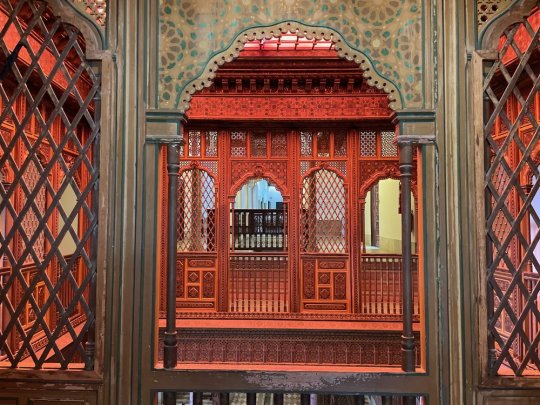
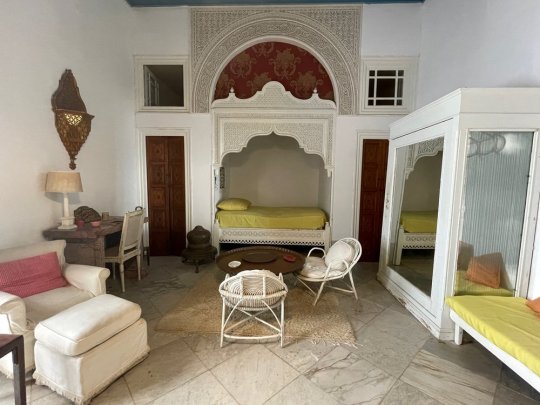
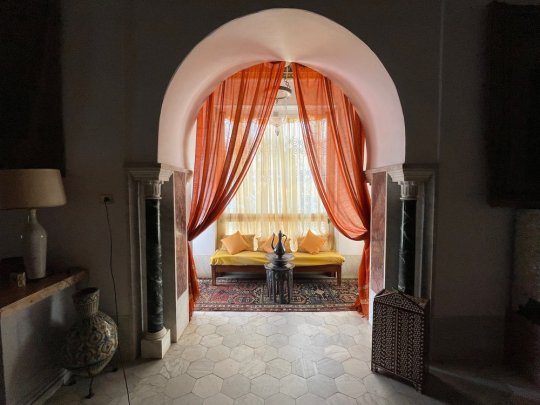


The Tunis médina is a wandering, mystical maze of goods trading. From the 12th-16th centuries Tunis was considered one of the greatest and wealthiest cities in the Islamic world. The médina is centered around a central mosque and the souqs (shops) radiate out in all directions. We dove in and headed to Dar Slah for a nourishing and traditional Tunisian lunch. Imagine lamb roasted with potatoes, dates, and figs. We then hit the narrow alleys in search of goods to stuff into our packs for the folks we love. The whole complex is below ground apparently so when camels came in loaded with goods they could be easily unloaded. It also kept everything refreshingly cool compared to the ambient temperature outside.
We had been warned that folks will approach you and act as your friend, making suggestions, and showing you things you must see only to demand payment for their services at the end. We wandered in and looked around and tried to find our way and then we got twisted around. As soon as we passed the same point for a third time a man popped out and started to suggest, guide, and ask questions in very good English. We also read that a firm “no thank you” usually does the trick. We are here to report that five firm no thank yous released us from the spell of the unwanted guide. A little flustered, we attempted to make our way back toward the entry gate and somehow ended up in the back alleys outside of the beaten path. Five months in the Ballarò, which is truly just a one thousand year old Arabic médina stuffed in what is today considered Italy, prepared us to tread bravely through the trash-ridden streets as we passed dead kittens swept up with the rest of the day's waste. We made it back to the beaten path with no incidents at all, but have a deep and profound understanding for the mysticism of One Thousand and One Nights as it sort of felt like we were lost for that long.


The greatest gift of being in Tunisia was the undeniable kindness of her people. We have been on the road for nearly a year now and the kindness we encountered in Tunisia is second to none.



We made our way to the airport and flew Royal Air Maroc to Casablanca. We can not recommend them enough! The seats had ample leg room and they fed us on a three hour flight! In Casablanca we just booked a hotel by the airport and discovered that if you have a layover longer than eight hours Royal Air Maroc will put you up in a hotel and pay for it! Next time, friends, next time. We arranged an evening tour of the sights and we are so glad we had a tour guide! He picked us up and took us around to the key places, Hassan II Mosque, Rick’s Cafe, and the médina. We aren’t normally big sight people, but getting between places was most fascinating.




Our flight to JFK was early and it was fun to slowly collect the familiar swagger of the Americans as we waited at the gate. We have new eyes that can clearly see what makes us so unmistakable in the rest of the world. We were also swiftly reminded that black bodies are not safe in the presence of authorities in the United States as we navigated Moroccan customs with a black man from New York City. There was no denying we were headed back.
0 notes
Text
Title: Bab Bhar in the 1970s
In the 1970s, Bab Bhar was our meeting point, a place where friends and neighbors (أولاد الحومة) would gather to catch the TGM train at the station. During the hot summer days, it was our ticket to complete freedom—a journey to La Goulette or Amilcar, our favorite beaches. With a budget of just 1 Tunisian dinar, we could cover all our expenses for the day (keep in mind, this is the dinar of that…
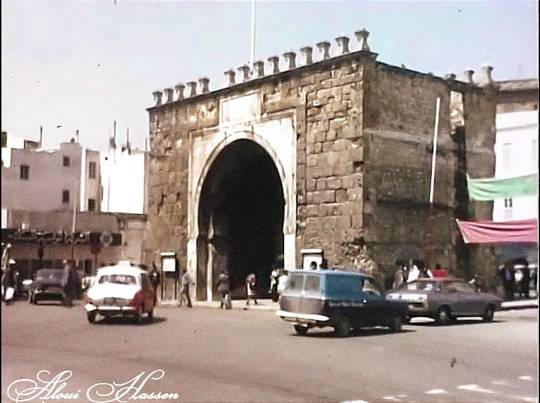
View On WordPress
0 notes
Photo



صيف حلق الوادي
Férid Boughedir * 1996
223 notes
·
View notes
Photo
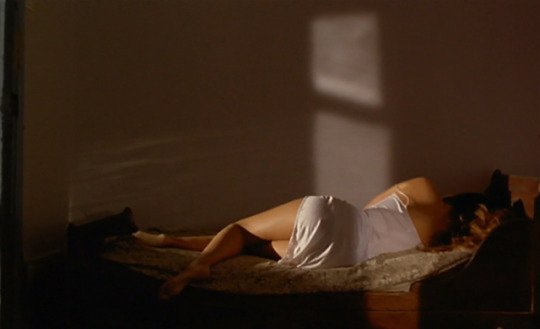
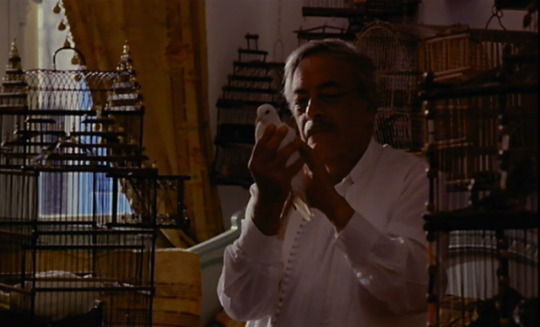



a summer in la goulette dir. férid boughedir
53 notes
·
View notes
Text


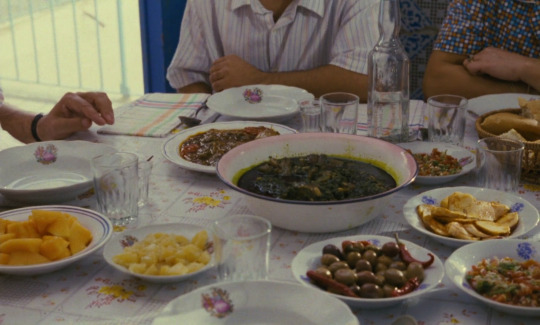


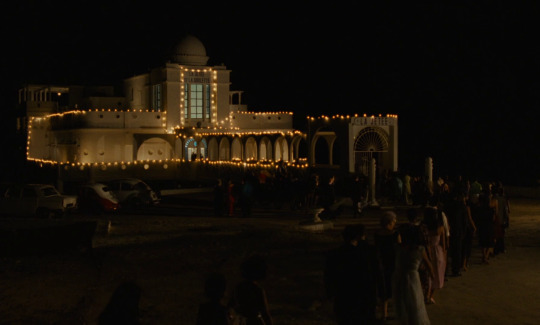

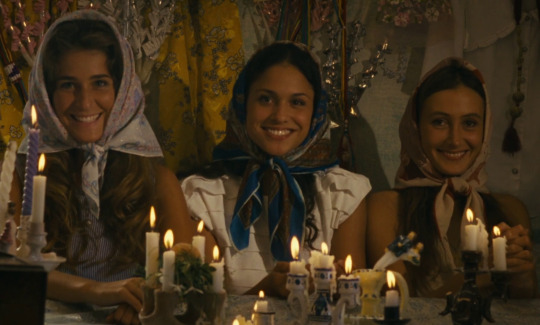
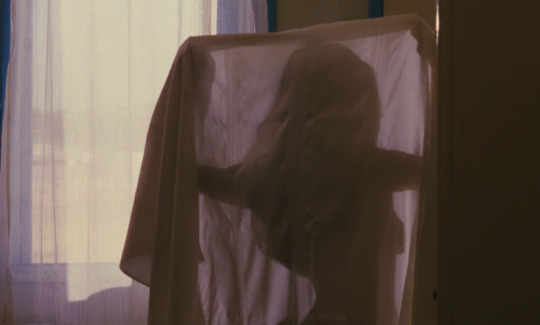
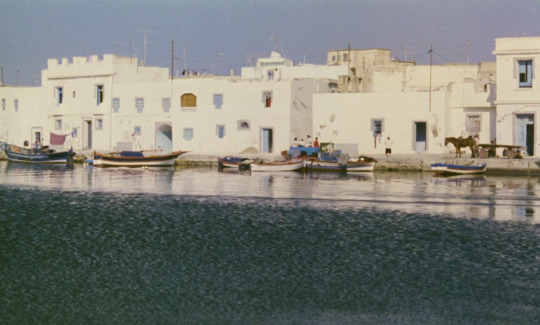
A Summer in La Goulette (1996) | dir. Férid Boughedir
#a summer in la goulette#un été à la goulette#férid boughedir#sonia mankaï#sarah pariente#ava cohen-jonathan#films#movies#cinematography#scenery#screencaps
135 notes
·
View notes
Text
Introduction into Tunisian Cinema

As I Open My Eyes (2015)
Tunis, summer 2010, a few months before the Revolution: Farah, 18 years-old, has just graduated and her family already sees her as a future doctor. But she doesn’t think the same way. She sings in a political rock band. She has a passion for life, gets drunk, discovers love and her city by night against the will of her mother Hayet, who knows Tunisia and its dangers too well.
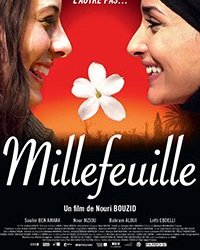
Millefeuille (2012)
This is the story of a whole country told by Nouri Bouzid through the fate of two girls, Zaineb and Aisha, symbols of the Revolution and the future of Tunisia. Both are fighting for their independence, to win their freedom. Both fight against the religious and cultural shackles established by an archaic society. A society that, while the country is in turmoil, still hesitates between modernity and traditionalism.

Hedi, a wind of Freedom (2016)
Hedi is a wise and reserved young man. Passionate about drawing, he works without enthusiasm like commercial. Although his country is changing, he remains subject to social conventions and lets his family make the decisions for him. While his mother is actively preparing for his wedding, his boss sends him to Mahdia looking for new clients.
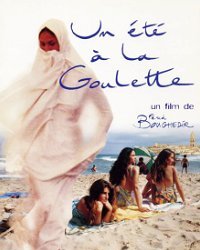
A Summer in La Goulette (1996)
During the summer of 1966, on the eve of the Six Day War, Youssef the Muslim, controller on the TGM, Jojo the Jew, king of brik with the egg, and Giuseppe the Catholic, Sicilian fisherman, live with their family in the same building that is the property of the Beji Hajj. The three men are inseparable outside of work, their families live in good neighborhood and share a nonchalant happiness in the small port village of La Goulette in the suburbs of Tunis. Until the day each of their daughters, Meriem the Muslim, Gigi the Jewish and Tina the Catholic, inseparable as their fathers, decide to lose their virginity before August 15 with a boy of another religion than theirs. The first attempt, the wedding day of Jojo's eldest daughter, comes to a halt as a result of the intervention of the alert fathers. When the film ends, the Six Day War begins and breaks this harmony between the communities.

Dachra (2019)
Yasmine, a journalism student, and her two friends, Walid and Bilel, are trying to unravel the mystery of an old crime committed more than 25 years ago. In the middle of nowhere, a woman had been found mutilated and almost dead. Once their investigation is over, they will find themselves in a forest where they will discover a small isolated village called "Dachra". Stuck in this unknown territory, the trio will try to escape the horror. Will they have managed to escape?

Júnún (2006)
Jùnùn deals with the schizophrenic condition prevailing in Arab societies. The film takes deep into a punishing excursion, showing us the underworld of the poor and the discarded, and how easily they can be made to embrace extremist and fundamentalist thoughts. The film forces us to confront a bipolar reality, once dark, once light, a reality too often repressed. Jùnùn explores the human beings by their feelings of love and hatred while challenging the viewers by its approach to violence, exclusion, the thirst for freedom and the patriarchal, religious and institutional power on the individual.

Redeyef 54 (1997)
In 1954, two young intellectuals, the ethnologist François and Ibrahim the lawyer, return to Tunisia after their studies in Paris. Brahim is engaged in the national independence movement. He is charged by the party to find his brother Beda, the resistants' leader, and to convince him to lay down his arms, a prerequisite for peaceful negotiations.

Wrangling (2010)
While Zeineb is very religious and wears the hijab, her sister Lilia likes to party and enjoy life to the fullest. Despite their contradictory lifestyles, the two sisters have a real complicity and Zeineb takes a tender and protective look at Lilia's love affair with their neighbor Skander. When the young couple's families meet to decide to marry, the two sisters suddenly find themselves on the same ground: defending their freedom as women in the face of conservative hypocrisy. The film explores with humor and finesse the tug-of-war that women experience in today's Tunisian society.

The Art of Mezoued (2010)
"The Art of Mezoued" tells the story of the life and work of the leading figures of the Tunisian Mezoued (popular song based on the bagpipes). It portrays its pioneers and its living actors, between consecrated stars, fallen stars and rising celebrities: Salah Farzit, Mostapha Gattel Essid, Hédi Donia, Abdelkarim Benzarti and Achraf.The film relates through interviews, testimonies and live concerts in wedding parties and in various places (cafes, cabarets, party room ... ), the dense, eventful and controversial history of the Tunisian popular music Mezoued, its rise and its crises, its musical components and its themes, its territories of deprivation and popular plebiscite, its official exclusion (until 1990) and its phenomenal success carried by popular musicians, with the appearance of "bad boys" and singular talent and by cult songs, sometimes deviant, sometimes protesting or simply funny, saucy and festive.

Eclipses (2015)
Between the passion of Hind, a young journalist, for Lassâad the police commissioner, the murder of an entrepreneur by his daughter-in-law, and the discovery of a network of jihadist smugglers that will have to be dismantled, Eclipses retorts the strings of an infernal spiral in thriller mode.
#tunisia#cinema#cinephile#art#north africa#africa#berber#tunisian#arab#maghreb#amazigh#movie#movies#film#films
26 notes
·
View notes
Photo


sonia mankaï in a summer in la goulette (1996)
2K notes
·
View notes
Text
A Summer in La Goulette (1996)
The old landlord falls in love with a Meriem and loses his life over her. He says "You are beautiful. You are like dove," & dies.
4 notes
·
View notes
